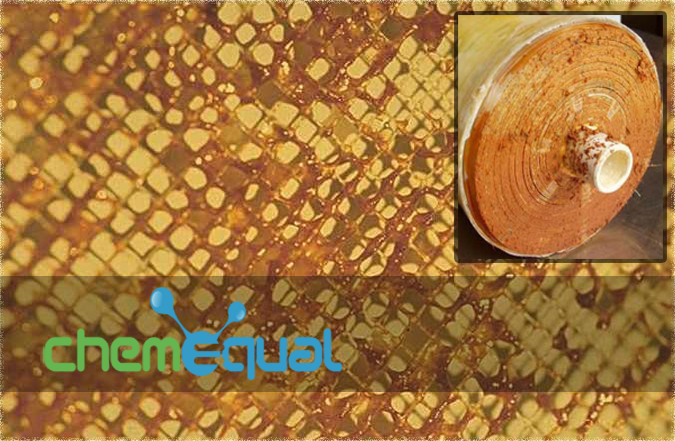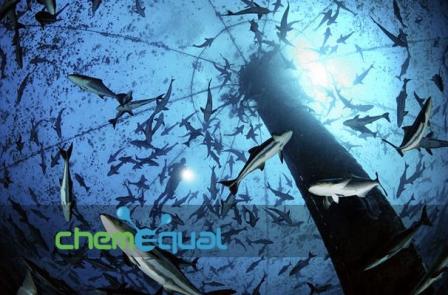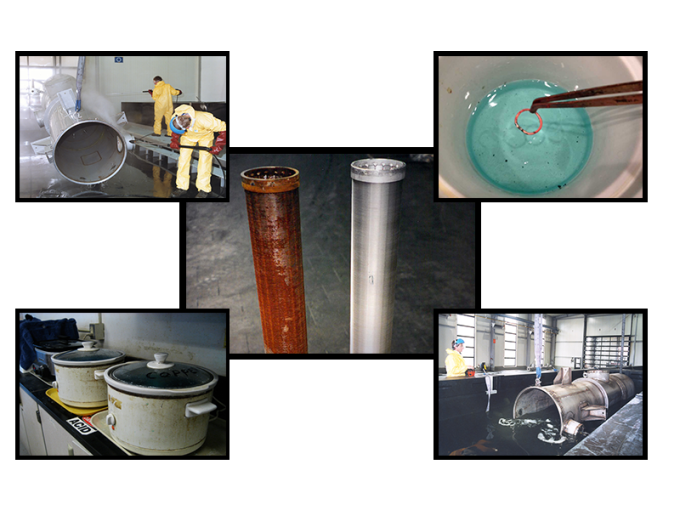Corrosion and scaling in automobile cooling systems is primarily by chemical reaction of oxidizing agents in the coolant on the metal components. The type and nature of materials present at heat exchanging surfaces, the temperature of the system, pH and type of corrosive elements present in the coolant determine the type of inhibitor package needed.
Conventional water based coolants constantly need additives in the form of mineral inhibitors such as phosphates, nitrites and borates for poplar heat exchange surface metals like aluminium, copper etc along with other parts made from cast iron & mild steel. Absence of suitable inhibitors can cause corrosion, metal cavitation, scaling and cause leaks by destruction on rubber gaskets and head caps. Liquid coolant additives serve ideally as easy to use blends that can be directly mixed with coolant water for easy and quick anti-corrosive action on coils, coolant pump and radiator fins.
Corrosion inhibitors are generally blends of chemicals added to the coolant water to reduce material loss and system damage due to oxidation. The prerequisite is a passivation agent to coat the metal surfaces preventing further corrosion followed by neutralization of oxidizing ions in the coolant thus reducing cavitation. Best corrosion inhibitors need to be fast acting and thermally stable so as to operate at high temperatures and high coolant flow rate. Nitrite, Borate, Silicate and Polyacrylate formulations seem to be the most popular as corrosion and rust inhibitors. This is due to the fact that they are able to remove most oxidizing agents in common coolants while passivating metal surfaces for a long lasting corrosion control. The only requirement is to keep a steady inhibitor concentration in the system.
NALCOOL 2000 manufactured by Nalco Company is a synergized inhibitor blend for metal passivation and sale suppression as a water soluble corrosion inhibitor. It has been designed for all common engine cooling systems and is ideal to protect ferrous metals, copper & its alloys, aluminium etc. as well as rubber gaskets and non-metallic components within the cooling system. NALCOOL 2000 is available in liquid form making it easy to use and apply, fully compatible with water and ethylene glycol based coolants. It does not contain chromates and has been tested internationally to maintain a high degree of heat transfer efficiency & long engine life.
Outstanding features of the product include:
- Protection of all common cooling system metals
- Cavitation protection
- Minimized sludge and scale formation
- Liquid, safe & easy to apply formulation
- Compatible with wide range of coolants and dyes
- Approved by all leading automobile engine manufacturers
NALCOOL 2000 is the perfect corrosion & scale inhibitor for coolants in small auxiliary diesel engines containing aluminium components.
ChemEqual is a vast online specialty chemical database and NALCOOL 2000 as well as equivalent compositions of coolant corrosion inhibitors can be found here from among a wide range of global suppliers.




